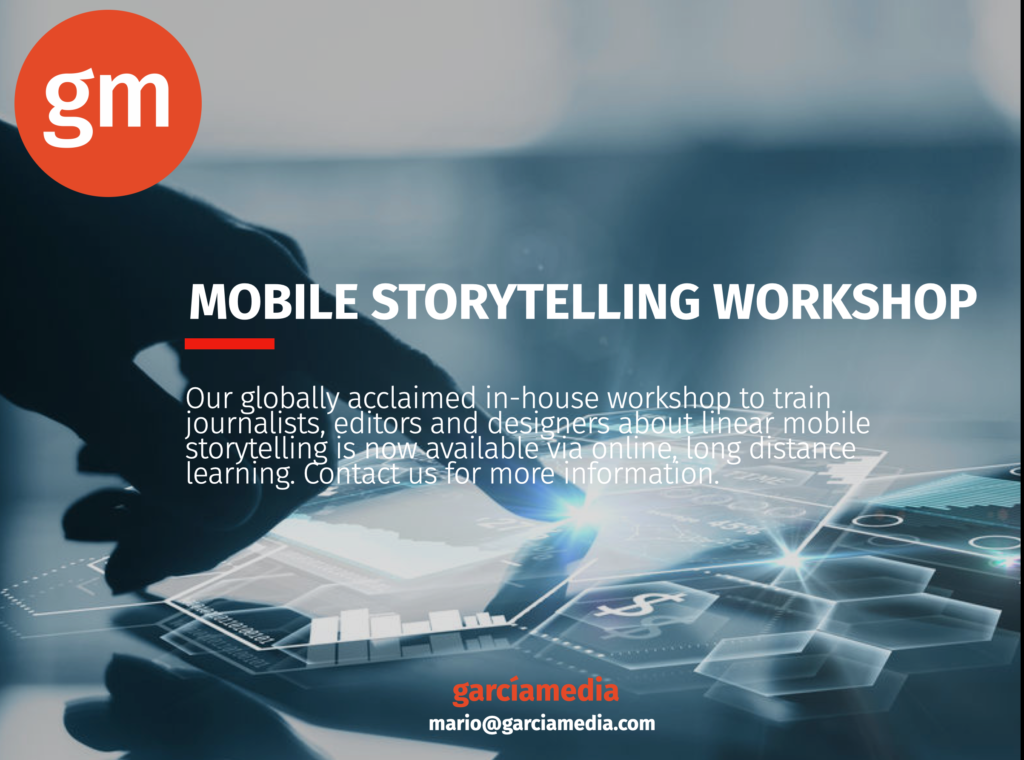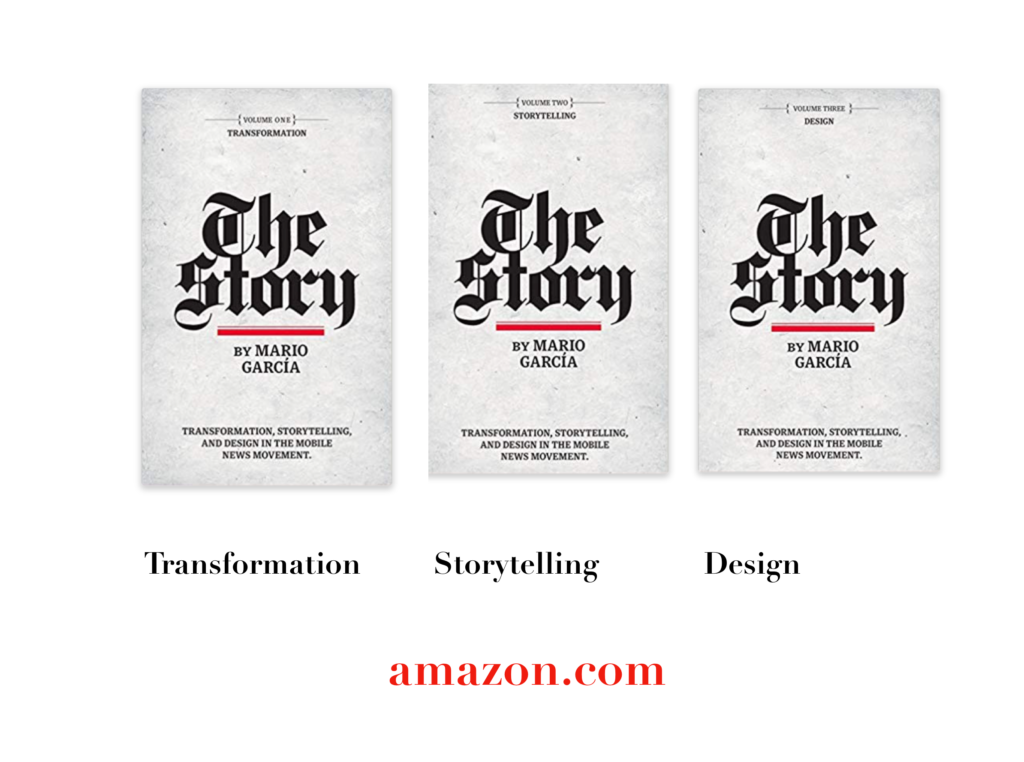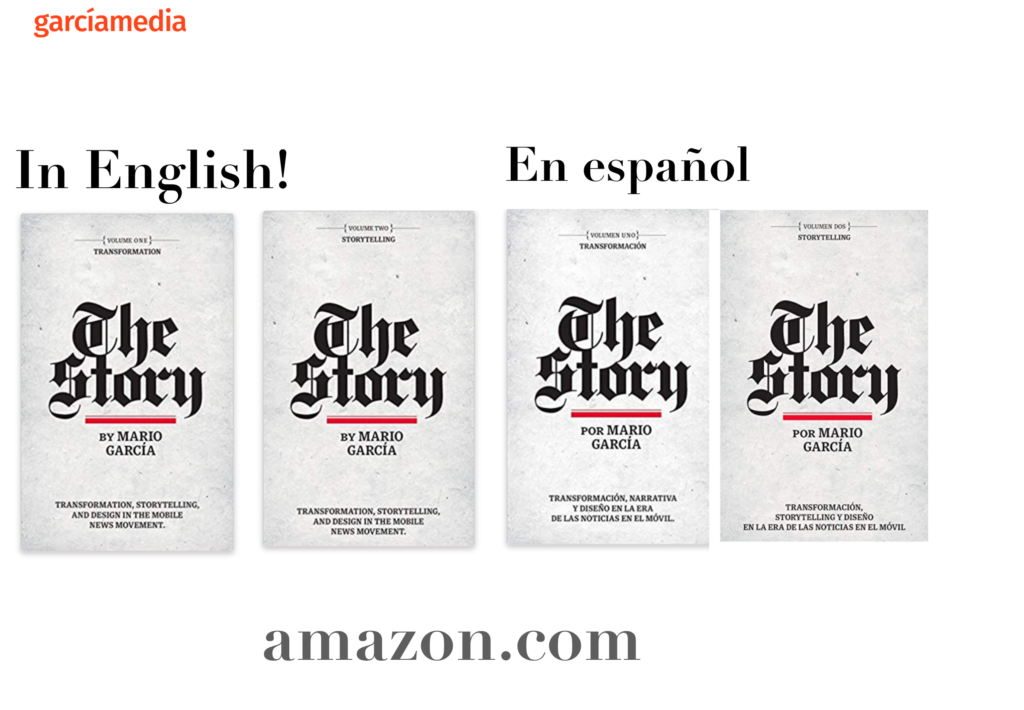They are hotter than ever. Newsletters serve various purposes: they are a sort of mini newspaper with highlights of selected content in either general news or specific topics. Good newsletters inform, entertain and, most importantly, attract subscribers.
The best newsletters become essential in the readers’ life. As someone who has subscribed to many newsletters both as a reader and as someone whose business is to study media trends, I can tell you that it was NOT at all difficult to unsubscribe to a number of newsletters that appeared at first to be incredibly interesting, but turned out to be boring and unimportant.
Midterm project; For my students at Columbia Uniersity’s School of Journalism, I have turned the Midterm into a newsletter project. The students are assigned to create a newsletter for a news organization that does not have one, or to redesign a newsletter that is not quite as effective as it could be. From what I hear, some of the newsletters created in class are innovative and interesting. Students will present their newsletter projects March 22 and I hope to share them here.
For the second consecutive year, I have invited The New York Times‘ Andrea Kannapell , below, to speak to the students about the challenges of creating and editing newsletters. Ms. Kannapell leads the international team that produces the Times’ Morning, Evening and Weekend Briefings.

Ms. Kannappel offered valuable insights:
- “Newsletters are one more hair in journalism’s head.”
- “Newsletters are an effective way to attract new subscribers.”
- “Generally speaking, good writers make for good newsletter writers.”
- “What defines a good newsletter is its content.”
- “The competition for attention of the audience in terms of newsletters is insane.”
- “Often, as we review content to include in a newsletter, we alert editors to a story where the focus, the takeaway is not clearly presented.”
A little historical perspective: During her talk to my class, Ms. Kannappel mentioned that newsletters have been around for a long time, citing a couple of sources that indicate that the marketing strategy behind newsletters predate Cleopatra.
Here is a quote from an interesting article about historical aspects of newsletters:
By 1704, a publication considered the United States’ first known newsletter appeared, The Boston News-Letter—a single sheet printed weekly that contained information from England of interest to Colonial Americans. These early newsletters evolved into what we today know as newspapers. Printed for 72 years, The Boston News-Letter is considered the first continuously published newspaper in North America.
Read more about this:
https://www.linkedin.com/pulse/from-papyrus-e-mail-history-newsletter-marketing-steve-klinghoffer/
Inquire about our mobile storytelling workshops!
Every week I bring my mobile storytelling workshop to a different newsroom around the world. I begin with a 90-minute presentation about the essentials of crafting/editing/designing stories for mobile consumption. Then I break the participants into groups and for two hours they produce a mobile story which they then present to the entire group for evaluation. It works all the time.
Another type of Garcia Media program is when we sign up for mobile storytelling coaching after completion of the first workshop. Once a week, or as planned, I work virtually with a team of reporters, editors, designers on actual stories that will be published as linear mobile stories. Let me know if you are interested in more information: mario@garciamedia.com

Professors: get your review version of The Story on time for fall classes
As an academic, I know the importance of having the right tools to advance our students, especially on the important subject of mobile storytelling. Please drop me an email if you would like to sample The Story in its digital edition: mario@garciamedia.com
Start writing or type / to choose a block


The full trilogy of The Story now available–3 books to guide you through a mobile first strategy. Whether you’re a reporter, editor, designer, publisher, corporate communicator, The Story is for you! https://amazon
TheMarioBlog post # 3284